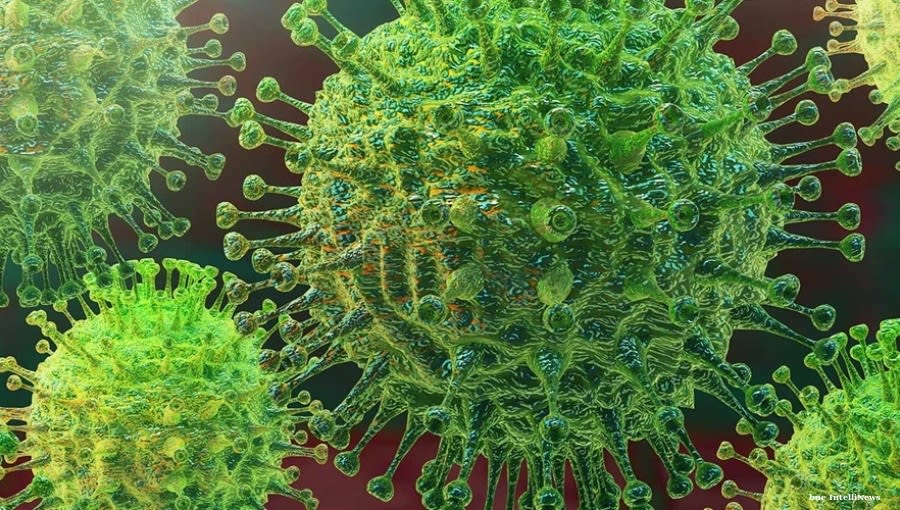The Escalating HIV Crisis in Russia Amid War and Political Neglect
Russia’s HIV epidemic has reached alarming levels, especially in the wake of the ongoing conflict with Ukraine. What was already a severe public health issue before the war has worsened dramatically, creating what experts warn could become one of the country’s most significant long-term demographic crises. This crisis is compounded by an already existing demographic decline that began after the collapse of the Soviet Union in 1991.
According to reports, the incidence of HIV among military personnel surged by more than forty times in the first year of the war, according to data from the Russian Defence Ministry. By early 2023, new cases among soldiers had risen nearly twenty times compared to pre-war levels. These figures highlight the deepening crisis within the armed forces, which is now at the center of a broader public health emergency.
The implications of this outbreak are far-reaching. Experts warn that the demographic and economic losses resulting from the HIV epidemic will have lasting effects for decades. In some ways, these consequences could surpass the damage caused by the invasion of Ukraine itself.
A Public Health Emergency Reaching Critical Levels
Russia passed a critical threshold in 2016 when the number of people living with HIV exceeded one million. This represents approximately 1.5-2% of working-age adults, a level considered a bridge density where the virus can transition from high-risk groups—such as men who have sex with men and intravenous drug users—into the general population. At this stage, the risk of widespread transmission becomes significantly higher.
Despite the severity of the situation, the epidemic could still be managed if there were political will and effective public health strategies. However, the Russian government has prioritized its military efforts over addressing the crisis. Instead of implementing proven prevention methods, the Kremlin has promoted outdated and harmful ideas about family life and “moral staples” that align with its broader narrative of national strength and aggression.
Erosion of Healthcare Infrastructure and Civil Society
The state’s focus on the war has led to a neglect of public health initiatives. Less than half of those infected with HIV are currently receiving antiretroviral therapy (ART), the standard treatment for the disease. Wartime austerity has worsened shortages of essential medicines, with many regions struggling to afford even generic alternatives to Western drugs.
Shashkov reports that the proportion of HIV patients receiving treatment has now fallen below 50% in Russia for the first time in many years. This decline is further exacerbated by the collapse of civil society support structures. The Russian government has labeled the Elton John AIDS Foundation—an influential global NGO—as an “undesirable organization,” while criminalizing ties with LGBT groups. This has deepened stigma and limited outreach efforts to vulnerable populations.
Military Conditions Exacerbate the Spread of HIV
Military life has also contributed to the spread of the virus. In trench conditions, the uninterrupted supply and administration of ART is nearly impossible. Disruptions in treatment can lead to drug resistance, increasing the risk of transmission and endangering both individual and public health.
Field conditions also increase the likelihood of transmission due to the reuse of needles and less-than-sterile environments in battlefield medical stations. Drug use among soldiers and unprotected sex further compound the problem. According to Shashkov, these behaviors are not only prevalent but thriving in a fighting force where soldiers live each day as if it were their last.
A Growing Epidemic with Global Implications
The number of infections is exploding, with official acknowledgment from Defence Ministry doctors. New HIV cases among military personnel grew fivefold from the first quarter of 2022 to the fall of the same year. By the end of 2022, the number had grown thirteen times, and by early 2023, it had spiked more than fortyfold.
While Russia officially bars HIV-positive individuals from military service, this rule is often ignored on the front lines. Commanders frequently refuse to allow soldiers to leave, regardless of their condition.
The spread of the virus is not limited to the military. Pregnant women in fourteen regions now test positive at rates exceeding 1%, signaling a generalized epidemic. According to UNAIDS, Russia ranks among the top five countries for new HIV cases globally, accounting for 3.9% of the 1.5 million new infections worldwide.
A Policy of Neglect and Consequences
In contrast to global advancements in HIV treatment, such as long-acting injectable therapies and preventive vaccines, Russia maintains bans on substitution therapy and sex education. These policies, described as purely political, continue to hinder progress in combating the epidemic.
Shashkov notes that there is no objective reason for HIV to be decreasing globally except in Russia. Those infected during the war will require expensive lifelong treatment, placing a heavy burden on the Russian budget, healthcare system, and labor market for decades to come. The impact will extend well beyond the war in Ukraine and the end of Vladimir Putin’s rule.







